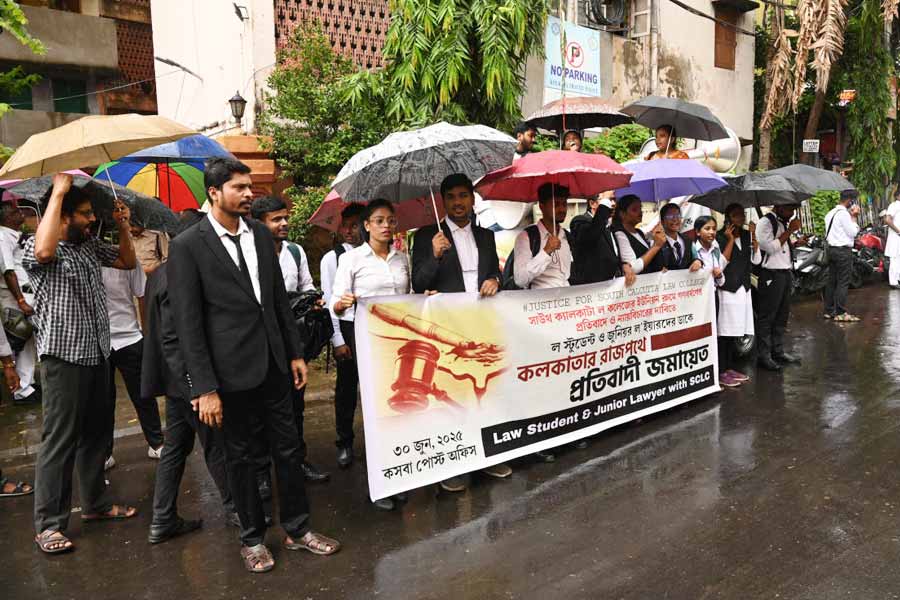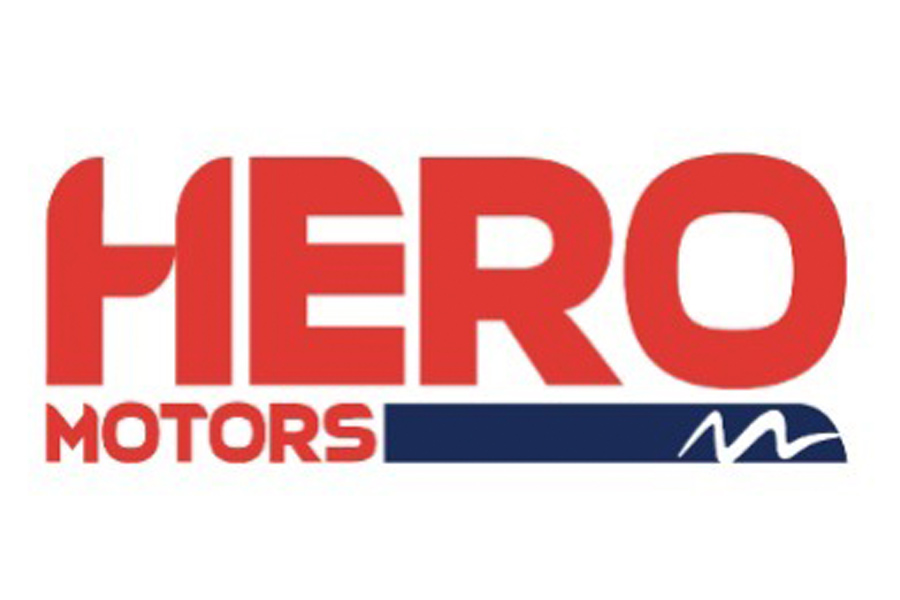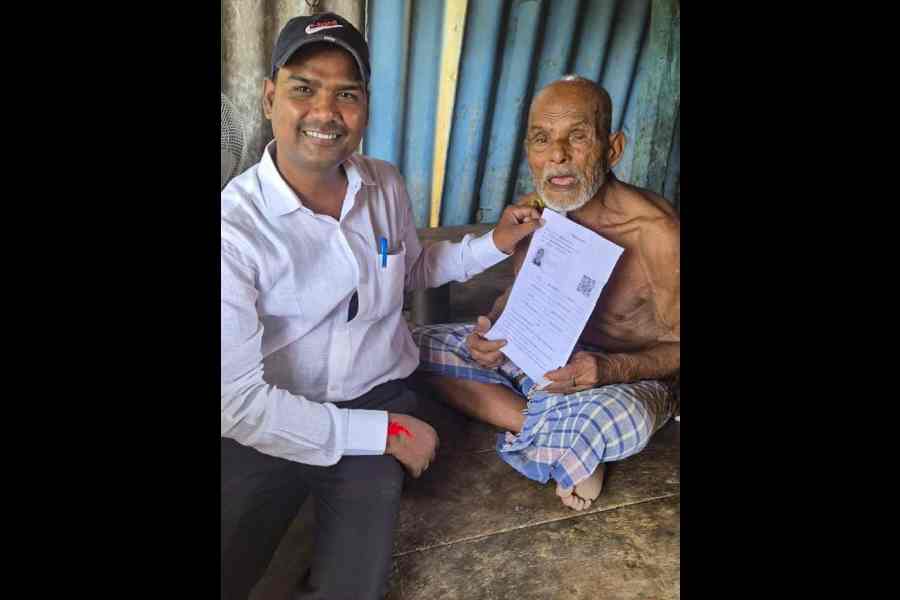 |
It’s common knowledge that mean, butch SUVs like the LandRover, the Mitsubishi Pajero, the Toyota Landcruiser and even the Hyundai Terracan exist solely for off-road bashing and taking trips into the wild and rugged outdoors. But what if you want something slightly tamer? Like a vehicle that runs the middle path between rugged and refined — yet heaven forbid, not a sissy set of wheels! The answer then lies in the mini SUV or the soft-roader.
Now the Mitsubishi brand is hardly a stranger to Indian roads and has a huge amount of street cred thanks to its success in motorsport. The company is currently holding court with its Lancer range that includes the new Cedia, and the Pajero SUV. The good news is that Mitsubishi could soon be bringing its mini-SUV to town, where it will be challenging the likes of the Honda CR-V and Hyundai’s Tucson.
Mitsubishi’s Outlander EX has recently been launched in China at the Beijing Auto Show and will be available at dealers by January of 2007. They will get the same North American market Outlander, which is powered by a 3-litre V6 MIVEC*2 engine propelled via a 6-speed automatic transmission. India however is likely to get a smaller engine — a 2.4litre unit with an aluminum cylinder block.
 |
Mitsubishi claims that the Outlander is built on a next-generation platform that has better stiffness and crash-worthiness and a lower centre of gravity. The result is improved steering response and handling with reduced body roll and excellent ride quality. In short, (Mitsubishi says) the Outlander offers on-road performance that redefines SUV standards, a comfortable cabin, an easily accessed luggage area, sporty lines, and high-grade specifications for ‘richer driving pleasure’. In Japanese they say, “Kuruma zukuri no genten e”, which means “pursuing the origins of car engineering”. That’s all very well for impressing the world’s media, but what does it actually translate into for the buyer? Let’s have a look at what one could expect from the Outlander.
First there is the body. Crash-worthiness is an important issue in these days of increasing speeds. The Outlander uses high-tensile strength steel sheeting to increase stiffness with little increase in weight, and together with the reinforced cabin environment, to create a body that conforms to norms for impact with small cars and pedestrians.
Then you have the engine. It’s a 2.4-litre 16-valve DOHC MIVEC engine (Mitsubishi Innovative Valve-timing Electronic Control System) that delivers more power while returning better fuel efficiency and low emissions. The engine has earned more than a few stars in its home country. It earned a 4-star rating for emission levels that are 75 per cent lower than required by the Japanese 2005 Emission Regulations and qualified for Green Vehicle Tax Exemption by meeting Japanese fuel efficiency requirements for the year 2010.
Along with the engine, there is the INVECS-III Sport Mode 6-speed CVT. How many of you readers recall that excellent Lancer Invex I evaluated some years ago for The Telegraph? HM gave the Intelligent & Innovative Vehicle Electronic Control System a different name — Man--Matic. This is the same thing except it is now more sophisticated thanks to advances in technology. That means a paddle shifter option, which seems to be the rage these days. There is a manual gearbox version too.
What is an SUV without four-wheel drive? The Outlander has Mitsubishi’s electronically-controlled 4WD system that continuously distributes front/rear wheel drive torque to suit the driving conditions. It also has Active Stability Control (ASC), which automatically controls braking force, engine power output, the CVT and the electronically-controlled 4WD via feedback from system sensors.
The Outlander owes its ride quality to a MacPherson strut front suspension and a trailing arm-type multi-link arrangement rear suspension. This does its job in conjunction with mono-tube shock absorbers and 18-inch lightweight, high-rigidity wheels and 225/55R18 all- season tyres.
That’s the technology side for you. Practicality is important too in a soft-roader — all those shopping bags and kids have to fit in somewhere, after all. So the tailgate is in two sections. The upper bit opens to allow one to put in small items and the lower bit allows access to a large luggage space. Want more space? Just fold the rear seats forward. Carrying extra people? The seven-seater version actually has third row seats that are normally stowed flat under the floor.
And the crowning feature? Overseas, the Outlander gets a bespoke in- car entertainment system matched to the acoustics of the interior with a 650-watt amplifier and nine speakers. Ideal for drowning out the kids’ chattering at the back on-the-home run from school, but chances are this may not make its way to us in India.










